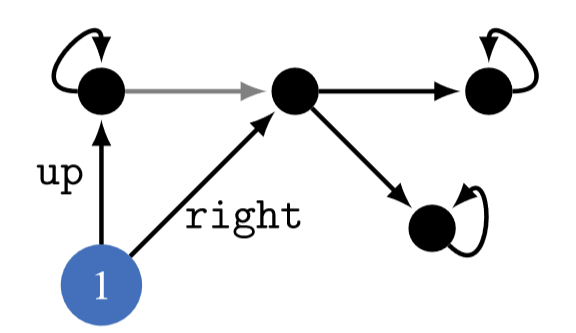I’ve written a draft report evaluating a version of the overall case for existential risk from misaligned AI, and taking an initial stab at quantifying the risk from this version of the threat. I’ve made the draft viewable as a public google doc here (Edit: arXiv version here, video presentation here, human-narrated audio version here). Feedback would be welcome.
This work is part of Open Philanthropy’s “Worldview Investigations” project. However, the draft reflects my personal (rough, unstable) views, not the “institutional views” of Open Philanthropy.

I probably should have written the "because ..." part better. I was trying to point at the same thing Rohin pointed at in the quoted text.
Taking a quick look at the current version of the paper, my point still seems to me relevant. For example, in the environment in figure 16, with a discount rate of ~1, the maximally POWER-seeking behavior is to always stay in the same first state (as noted in the paper), from which all the states are reachable. This is analogous to the student from Rohin's example who takes a gap year instead of going to college.